Care of the Oxalis, Sorrel or Butterfly plant
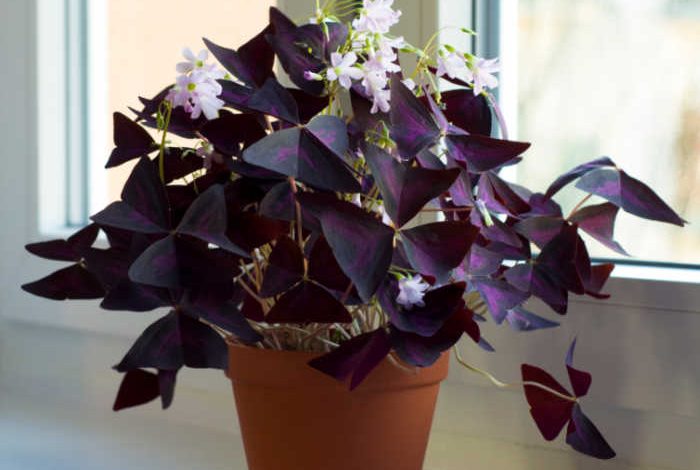
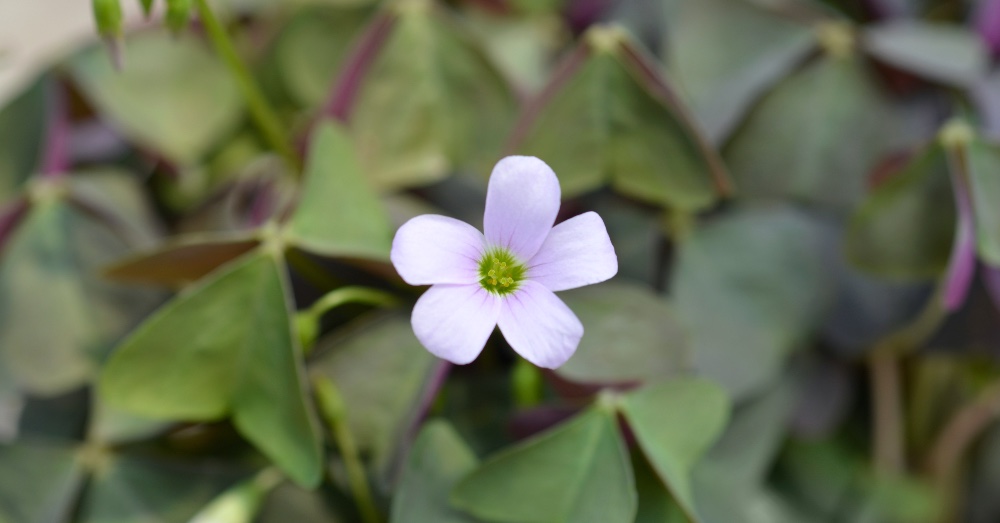
It is one of those plants that, probably, you do not have in mind and that, however, are extremely decorative. They are as different as they are original and, despite having more than 500 different species, all the plants in this family share two characteristics. On the one hand, the design of its leaves. On the other hand, Oxalis care is the same regardless of the variety. Some as undemanding as they are simple to enjoy a herbaceous plant that we can have both indoors and outdoors.
Before looking at the demand in depth, it is interesting to know a very peculiar detail of these plants. Although their exact origin is unknown today, the bulk of these species occur naturally in basically tropical climates. But neither can we generalize: although wild Oxalis can be found throughout the American, African or Asian continents; it is also abundantly present in parts of Europe, with a substantially cooler climate.
Regardless of their origin or variety, all Oxalis are characterized by their unique leaves. Ones that are sometimes wrongly compared to clubs; and that they are, without a doubt, its greatest attraction.
SOME DETAILS OF THIS “FALSE CLOVER” THAT SHOULD BE KNOWN
It is very striking to know that Oxalis is, a priori, considered a weed. And it is that, despite the fact that we can grow it as part of our indoor plants or outdoor plants depending on the variety and climate, its natural presence is more than usual in gardens and orchards.
Due to its upholstery characteristics, it usually colonizes the soil of gardens and cultivated areas. Something that, although it can be annoying, is completely harmless. Unlike what happens when we delve into how to eradicate garden weeds, Oxalis does not behave like an adventitious weed: neither steals resources nor is it an ally of pests. Of course: once installed in a space, it is extremely difficult to remove. So why not enjoy it?
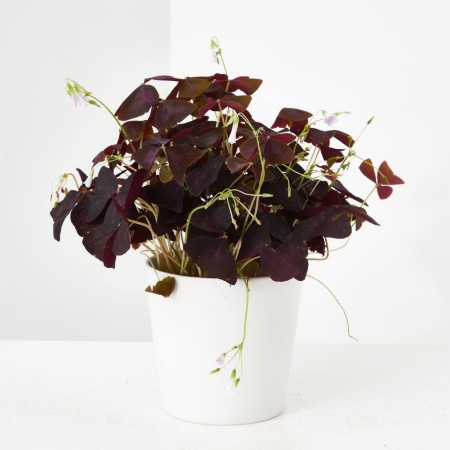
That is precisely the reason why this beautiful plant with unique leaves is increasingly in demand as an ornamental plant. Its leaves, which vary depending on the variety between green and purple, are simple in design but extremely striking. And, although we might believe that the nickname of the Butterfly plant responds to how they move with the wind, the reason is different: depending on the amount of light, the leaves of the Oxalis open and close. A movement that precisely resembles the wings of these beautiful flying insects.
Finally, one more detail to fall in love with before fully entering into the care of the Oxalis: it blooms and, giving it what it needs, generously and even throughout the year if we grow it indoors.
5 FUNDAMENTAL OXALIS CARE FOR YOUR WELL-BEING
Given its singularities, it is time to learn about Oxalis care and some of its plant characteristics. It is a rhizomatous plant that, with the arrival of winter, can disappear to sprout again with the arrival of spring. Despite its good development, it is not a plant with spectacular growth in terms of its height. Depending on the variety, it can reach a vertical development of up to 30 centimeters. A detail that makes it the perfect candidate for growing in pots, but also to be on the list of the best plants for rockery: a space that it will easily populate.
For this, it is essential to know the care of the Oxalis both in the ground and in a pot. Some extremely simple in both cases; and suitable, even, for those who start caring for plants.
1. The floor, an aspect that should not worry us
Due to its characteristics, the Oxalis grows without inconvenience in almost any type of substrate. For this reason, whether it is grown in a pot or planted directly in the ground, it will suffice for it to have a good universal substrate to grow without problems. Of course: at the time of planting, it should be enriched with an organic amendment. In addition and for a greater development, it appreciates a slightly acidic soil.
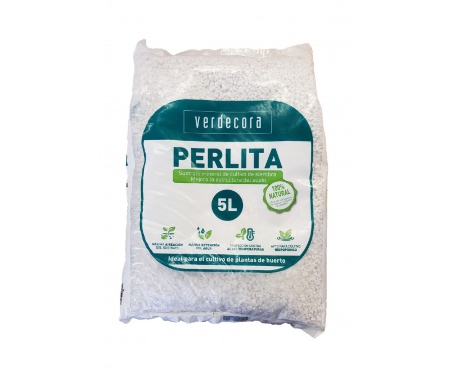
And, although it is not demanding when it comes to the types of substrates for plants, there are a couple of aspects that we cannot lose sight of. Its root is a bulb and, as such, it does not tolerate waterlogging as it is in danger of rotting. For this reason, it is essential that our plant has effective drainage and, in addition, that the soil in which it grows is well aerated. Therefore, to the substrate that we decide to use, we will add coconut fiber and perlite: two true allies to improve the structure of the soil.
2. Light, abundant for its correct development
Fundamental! What’s more: a lack of light, especially in Oxalis grown indoors, will manifest itself with a plant with little foliage and weak stems. And, although it might seem like a purely aesthetic issue, in reality this makes it more likely to die.
To avoid this, there is nothing like planting our Oxalis in a very bright place and even in full sun if we live in a temperate climate. If we grow it indoors, it will grow perfectly next to a window as long as it receives filtered light.
3. Temperature, one of the determining Oxalis cares
A factor to watch closely, especially in Oxalis planted outdoors. Due to its characteristics, it is a plant that is regularly carried with extremes, whether they are cold or hot. Its ideal temperature range is between 18 and 23 degrees, which is why it is grown indoors every time.
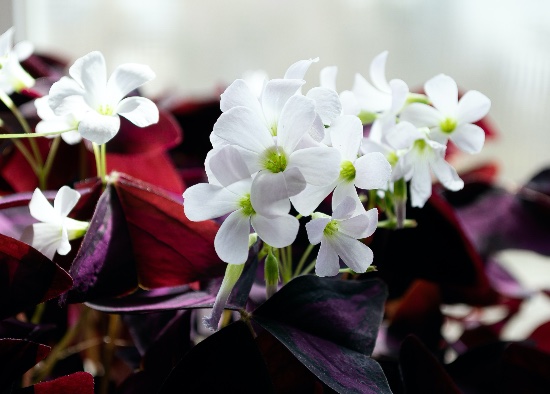
As far as cold is concerned, it can withstand drops in the thermometer to five degrees above zero. It can also withstand moderate and punctual frosts; but, if they are continuous, the plant will suffer. If we have it planted outdoors, it is worth mulching it in the winter months to protect its rhizomes.
And what happens when the temperature exceeds 30 degrees? That we will have to alleviate the heat with irrigation.
4. Watering, moderate and regular
It is, without a doubt, the most delicate of Oxalis care. And not because of the task itself, but because of the low resistance of this plant to excess water.
To be healthy and grow properly, Oxalis needs a regular watering pattern, especially in the spring and summer months. Knowing when it’s time to water again goes through observing the surface layer of the substrate: it is essential that it is dry before re-hydrating.
If we have it outdoors and with the arrival of autumn, we will gradually lower the irrigation pattern until, in mid-autumn, it is non-existent.
5. The subscriber, a task that we will leave for the fall
Since it is a fast-growing plant with a significant rate of development, it is not a great demander of nutrients. But let’s not confuse this with forgetting to nourish the soil in which it is planted, especially if we have it in a pot.
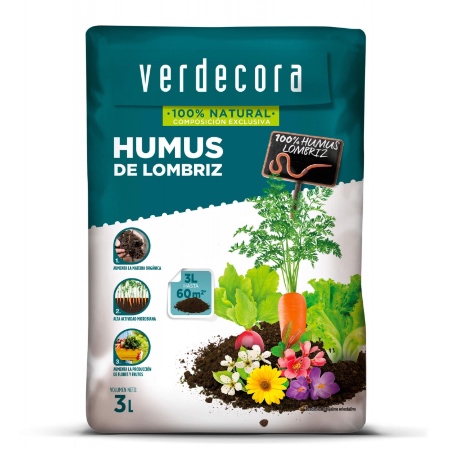
To promote its good health, it is advisable to apply worm humus with the arrival of autumn on the surface on which our Oxalis grows. Thanks to this gesture, we will be progressively enriching the soil and helping our false clover to face the cold months and, therefore, vegetative rest.
6. Pruning, a task that is not part of Oxalis care
Neither the demand nor the need, except if we want to remove the withered flowers. However, it is possible that we consider putting scissors on it for an aesthetic or practical issue. If so, it is advisable to postpone this task until autumn: a time when, as a natural step towards its winter rest, our Oxalis can darken the leaves until they wither.
If we have it inside the house and in a pot, it is likely that this will not happen.
7. Pests, the least of our problems
You read that right: we won’t have to worry about knowing how to protect Oxalis plants from pests. Due to their characteristics, they present a natural resistance to insects.
And now that you know in depth the care of the Oxalis and its characteristics, confess: have you also fallen in love with this plant as simple as it is unique? The opposite is simply impossible!


![Photo of Onion Miner (Acrolepia assectella): [Characteristics, Detection, Effects and Treatment]](https://www.complete-gardening.com/wp-content/uploads/2022/08/onion-miner-acrolepia-assectella-characteristics-detection-effects-and-treatment-390x220.jpg)

![Photo of Aptenia: [Cultivation, Irrigation, Care, Pests and Diseases]](https://www.complete-gardening.com/wp-content/uploads/2021/06/aptenia_1618786857-390x220.jpg)